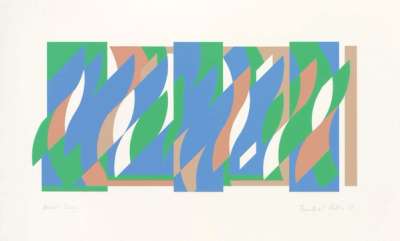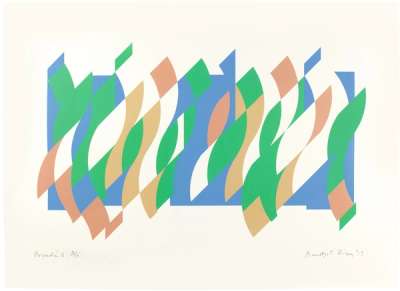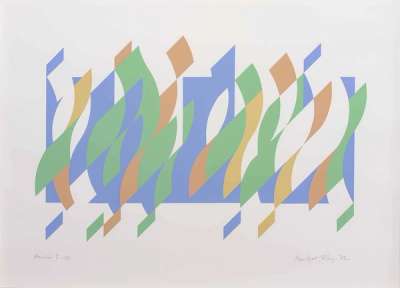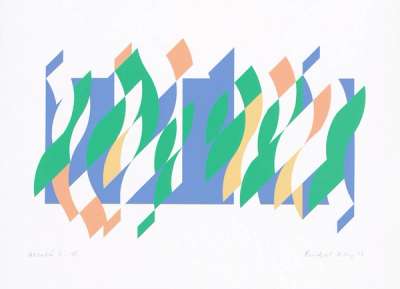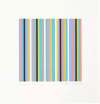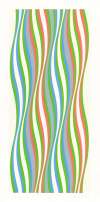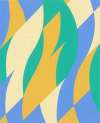Arcadia
Arcadia (2013) is a four colour screen print series by British artist British Riley. Each abstract print in the series is from a signed edition of 75, and is one of Riley's first forays into colour experimentation. Despite the limited palette and two-dimensionality of the series, Riley's Arcadia prints possess a natural sense of movement.
Bridget Riley Arcadia For sale
Arcadia Market value
Auction Results
| Artwork | Auction Date | Auction House | Return to Seller | Hammer Price | Buyer Paid |
|---|---|---|---|---|---|
 Arcadia 7 Bridget Riley Signed Print | 28 Oct 2022 | McTear's | £7,225 | £8,500 | £10,500 |
 Arcadia 3 Bridget Riley Signed Print | 23 Jun 2021 | Bonhams New Bond Street | £8,075 | £9,500 | £12,000 |
 Arcadia 6 Bridget Riley Signed Print | 24 Nov 2020 | Tate Ward Auctions | £3,188 | £3,750 | £5,000 |
 Arcadia 5 Bridget Riley Signed Print | 14 Oct 2020 | Tate Ward Auctions | £3,528 | £4,150 | £5,500 |
Sell Your Art
with Us
with Us
Join Our Network of Collectors. Buy, Sell and Track Demand
Meaning & Analysis
Printed in an edition of 75, Bridget Riley’s Arcadia series is typical of her optical experiments and use of interlocking geometric forms. The prints in the collection all follow the same colour scheme dominated by blues, greens and oranges and feature similar patterns of curved and interlocking shapes.
Riley was born in London and studied art at Goldsmiths' College (1949–52) and later at the Royal College of Art (1952–55). After her studies, Riley worked as an art teacher and spent much of her spare time developing her own visual language and thinking about the ways in which shape, lines and light could interact in artworks to produce optical illusions. ‘Op art’ which is short for ‘optical art’ is a term used to describe Riley’s style as the artist was able to cleverly manipulate her canvases, making it seem as if her paintings were moving.
Riley rose to international fame in the 1960s with her black and white Op Art paintings which were exhibited at an exhibition called The Responsive Eye at the Museum of Modern Art in New York. These impressive paintings, all rendered in black and white, depicted intricate geometric patterns of shapes that were arranged in such a way as to give the impression that the shapes were flashing, vibrating, pulsating or blurring into one another.
